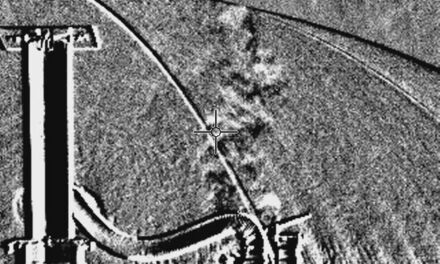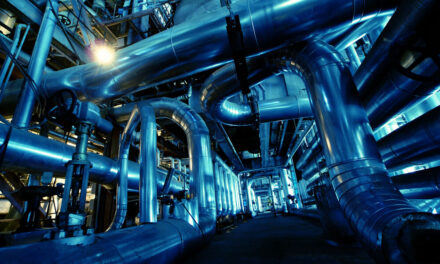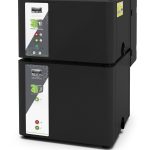 Installing recessed downlighters in fire rated ceilings requires measures to maintain the structural integrity of the ceiling. Mervyn Carter of Paviom charts an easy route to compliance
Installing recessed downlighters in fire rated ceilings requires measures to maintain the structural integrity of the ceiling. Mervyn Carter of Paviom charts an easy route to compliance
For many building operators, achieving effective lighting without obtrusive light fittings is an important consideration. A popular solution to achieve this is to use recessed downlighters, particularly when used with compact fluorescent or LED light sources to provide energy efficiency as well.
However, special precautions are required when dealing with fire rated ceilings, such as those found in buildings where there is no ceiling slab to provide the fire protection. This can therefore be an issue in residential applications and dwellings that have been converted to commercial or industrial use. Rooms within large spacious buildings, such as offices, and other facilities in warehouses and factories, may also have fire rated ceilings.
Compliance issues
Essentially, as soon as you cut a hole in a fire rated ceiling to accommodate a downlighter, its ability to control the spread of fire, in compliance with BS 476 fire resistance standards, is completely compromised. So measures have to be taken to restore the structural integrity of the ceiling, as required by Part B (Fire Safety) of the Building Regulations.
Traditionally, these concerns have been addressed by either using a separate fire hood over the top of the downlighter, or by using a fire rated downlighter that has an integral intumescent seal.
One of the downsides of using separate fire hoods is that they add extra cost to the project and can also be fiddly to fit, as they have to be manoeuvred through the hole in the ceiling and positioned before installing the downlighter.
Downlighters with an integral intumescent strip, which expands to fill the gap between the downlighter and the ceiling at high temperature, overcome these issues but are expensive. They can also degrade over time, which will affect fire performance levels and may necessitate early replacement of the entire downlighter.
 The alternative
The alternative
A new fire rated downlighter that has recently been introduced to the market, uses a spring-shut fire seal system that includes a sealing plate and sacrificial spacer that is designed to melt at high temperature. Under normal conditions, this sacrificial spacer provides a platform for a sealing plate to sit on, keeping the ventilation holes clear and allowing the lamp to offer its optimum performance. In the event of a fire and the room temperature reaching 280°C, the sacrificial spacer melts and collapses, allowing the sealing plate to drop down and block the ventilation holes to prevent smoke reaching the upper level.
This design also incorporates a fire retardant board that condenses the spread of fire and prevents the fixture from heating during normal operation.
The downlights are installed using a ceiling clamp fixing system where a hole is cut into the ceiling and an upper plate is fitted through the hole and slotted into place. The ceiling clamps also act as strengtheners and allow the fixture to accommodate any thickness of ceiling.
A lower plate is then positioned and screwed to the upper plate through the ceiling and, once this is in place, the structural integrity of the ceiling is restored. The connector is mounted on a hinged bracket to allow flexibility when installing into the ceiling and the lamp can be fitted with a simple twist and lock mechanism helping to save time on-site. This provides a ‘first fix’ option, securing the clamp in the ceiling whilst wiring and decorating continues. The heat diffusion of the lamp and its ventilation also negates the need for a fire hood.
Up to the task
Of course, when selecting fire rated downlighters it’s important to ensure that the selected products offer the required level of protection as there are many inferior, poor quality copies of original designs on the market. Any such product, therefore, should retain the BRE fire rating for 30, 60 and 90 minutes – backed by certificated test results that prove such claims.
Nor should it be necessary to compromise on the performance and aesthetic considerations of the downlighters to achieve the fire rating. So opting for downlighters with a good selection of light sources and a wide range of decorative accessories (in sizes to suit all applications), will ensure that all of the requirements of the project are fulfilled.
Clearly, fire safety is of paramount importance and recessed downlighters in fire rated ceilings need to be given as much consideration as other life safety systems. Choosing high quality products that have been tried and tested in both laboratory and real situations is the only way to be sure that safety is not compromised.







